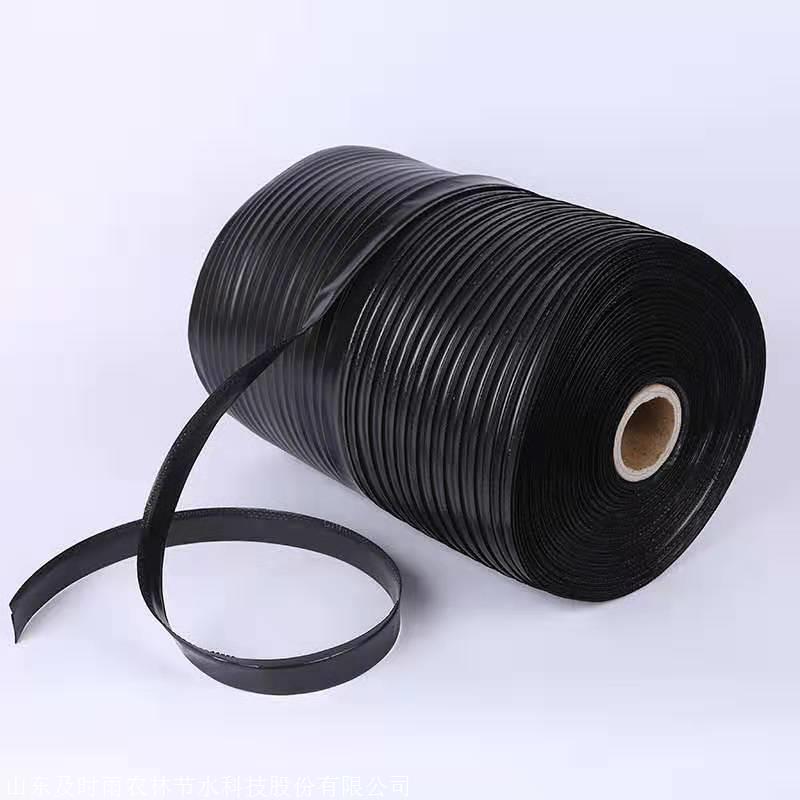In recent years, the advancement of agricultural technology has propelled drip irrigation into the spotlight as an efficient and water-saving method. Among its various implementations, drip tapes and drip lines have emerged as two prominent options. While they share the common goal of precise plant irrigation, they exhibit distinct characteristics and applications, each with its unique advantages.
Understanding the Basics
Both drip tapes and drip lines operate on the principle of delivering water through micro-holes to the soil for targeted plant hydration. However, their structural differences are significant. Drip tapes are flexible, ribbon-like tubes with micro-holes spread along their surface, whereas drip lines resemble traditional pipelines, with water dripping from micro-holes along the length of the pipe. This structural contrast influences their deployment and installation methods.
Practical Applications
Drip tapes excel in areas with irregular terrain and dense vegetation, thanks to their flexibility. They can closely adhere to plant roots for effective irrigation, making them ideal for orchards, vegetable fields, and similar environments. Conversely, drip lines are better suited for open areas and long-distance water transport due to their sturdier build. They can withstand higher water pressure, making them the preferred choice for large-scale crop irrigation projects.
Efficiency and Water Conservation
Both drip tapes and drip lines significantly enhance irrigation efficiency and conserve water resources. By directly delivering water to plant roots, they minimize evaporation and runoff, resulting in water savings of up to 50% compared to traditional methods. Moreover, this targeted irrigation approach improves crop yield and quality, making it a sustainable and environmentally friendly choice for modern agriculture.
Incorporating Personal Insights
As an agricultural enthusiast, I believe that the adoption of drip irrigation technologies like drip tapes and drip lines represents a crucial step towards sustainable farming practices. Their precision, efficiency, and water-saving capabilities not only benefit crop production but also contribute to water conservation efforts and environmental stewardship. By understanding the distinctions between these two methods and selecting the most suitable option for specific agricultural settings, farmers can maximize productivity while minimizing resource usage, paving the way for a more sustainable future in agriculture.



